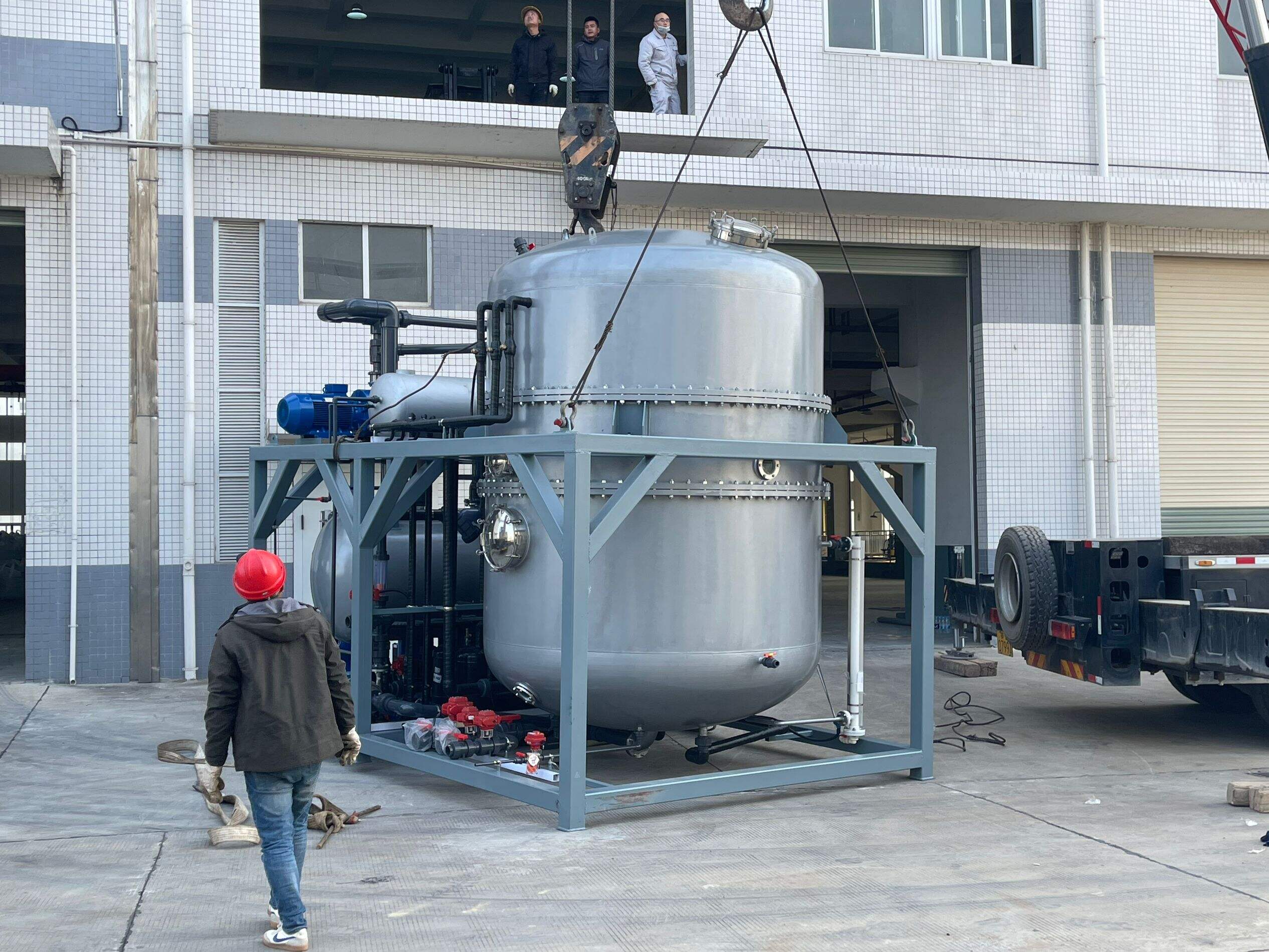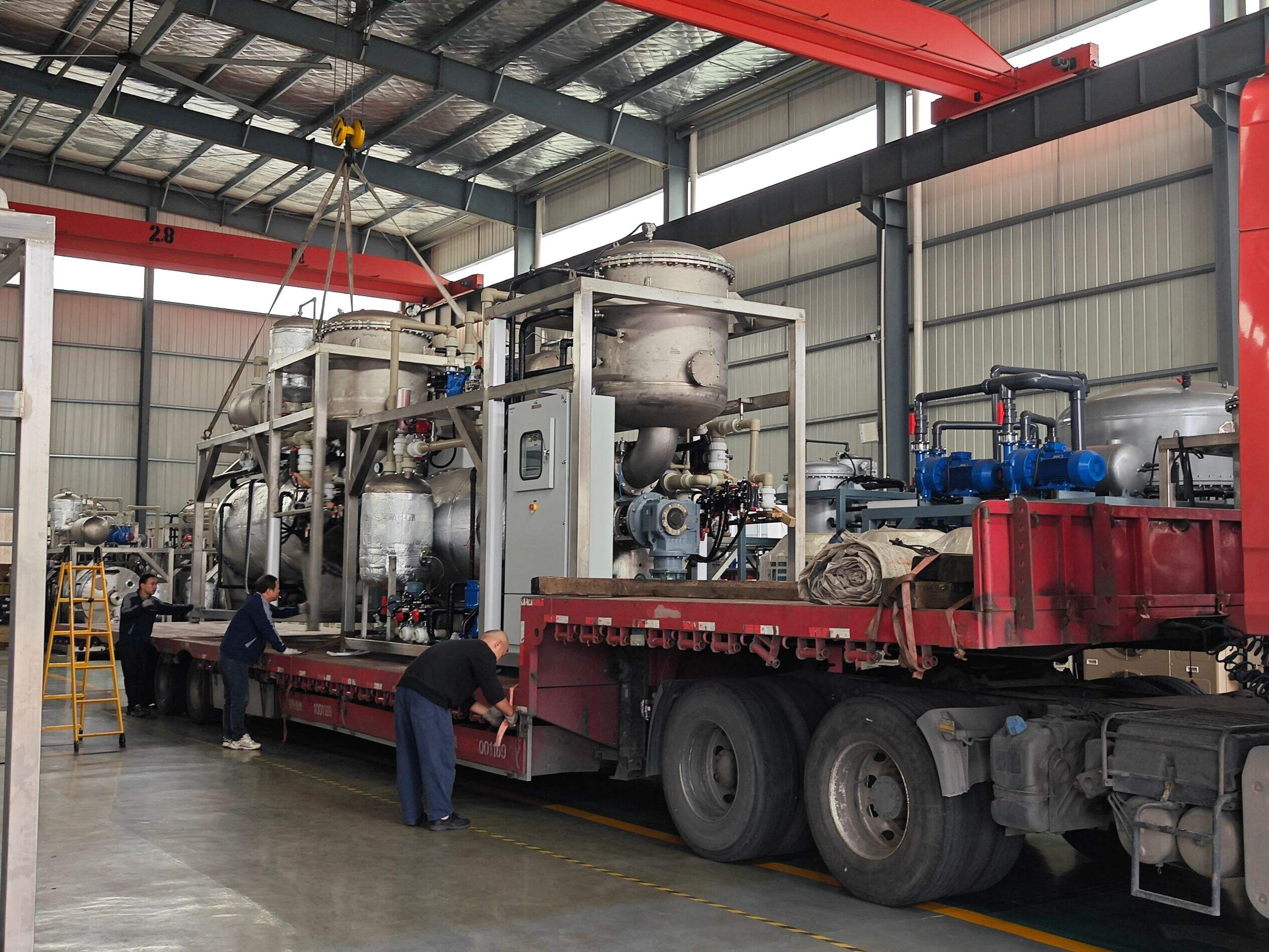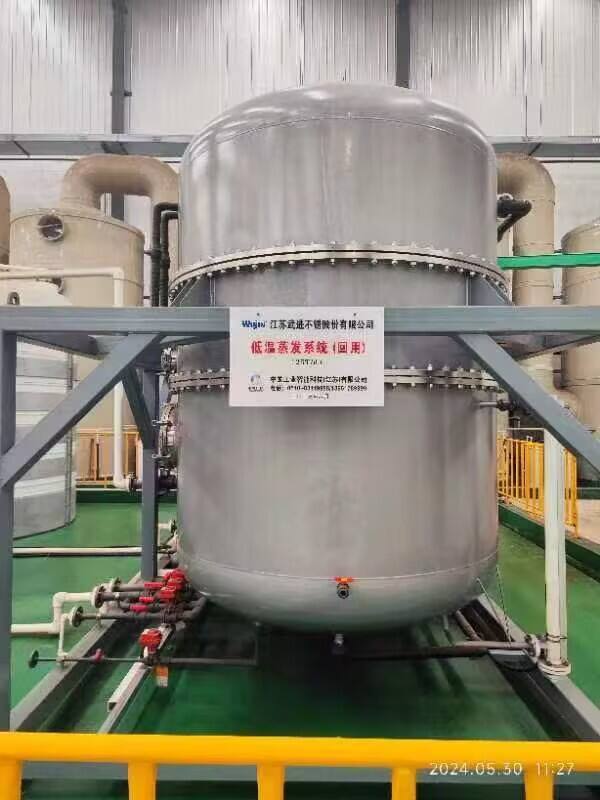cooling evaporator system
A cooling evaporator system is a sophisticated piece of thermal management equipment that plays a crucial role in various cooling applications. The system operates on the principle of heat absorption through the evaporation of refrigerant, effectively removing heat from spaces or substances that require cooling. At its core, the cooling evaporator consists of a series of tubes and fins where the refrigerant undergoes phase transformation from liquid to gas, absorbing heat in the process. The system incorporates advanced flow control mechanisms, ensuring optimal refrigerant distribution and maximum heat transfer efficiency. Modern cooling evaporators feature intelligent temperature sensors and automated controls that maintain precise temperature levels while optimizing energy consumption. These systems are extensively used in commercial refrigeration, industrial processes, and HVAC applications. The design typically includes corrosion-resistant materials and specialized coatings that extend equipment lifespan and maintain performance integrity. Furthermore, the system's modular construction allows for easy maintenance and scalability, making it adaptable to various capacity requirements and installation configurations.


